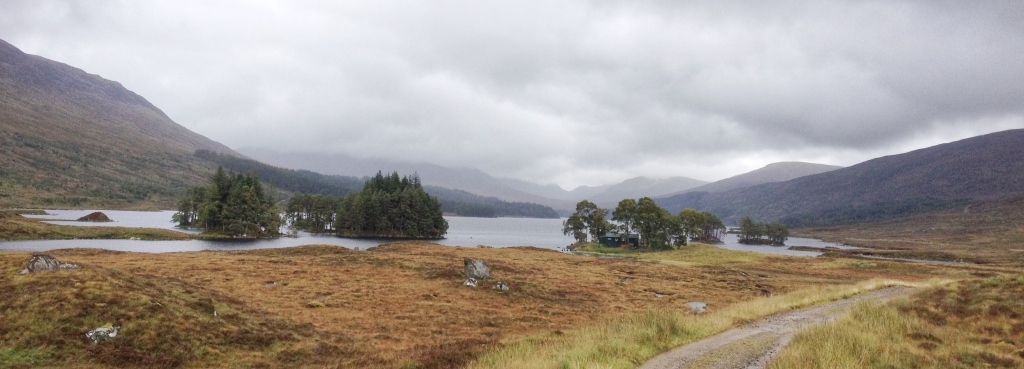An area of nearby Beacon Fell in the Forest of Bowland, was felled by high winds a few years ago and then recently cleared by forestry operations leaving acres of tree stumps. It is an area where we have taken over 100 daily walks in 2020, since the first lockdown back in March, giving the privilege to watch the area regenerate through spring, across the summer months and now into autumn, preparing for new growth.

One of the fascinating, mesmerising and mindful observations is not in the self seeding saplings, abundant foxgloves, or the increase in scrub, but in the minutiae of lichens, mosses and ferns around and on the remaining stumps. A miniature eco system (reluctant to call it a miniature garden!) of Electrified Cat’s Tail moss (I think … Mosses and Lichens are visually and intriguingly named – Oakmilk, Witches Butter, Devils Matchsticks … )

And then, this, a beautiful short observation in the Guardian Diary earlier this week, ‘Abiding beauty amid the bareness’ from Phil Gates:
Mosses and liverworts, arriving by air as invisible spores, thrive on these flat, porous surfaces left by chainsaws, free from the shade cast by surrounding brambles and ferns. Some recently cut stumps are already showing signs of colonisation; deeper in the forest I found others, felled a decade ago, that have become luxuriant moss gardens.
It’s tempting to think of evolutionary success stories as inexorable advances in complexity, driven by competition. But there is another, less anthropocentric, dimension: resilience. The lowly organisms in front of me, whose origins span unimaginable geological timescales, now colonising remains of fallen giants, survived cataclysmic global mass extinctions. Mobility, as spores carried everywhere on the wind, has been their enduring asset in an ever-changing world.
And then … this delightful interview with Robin Wall Kimmerer with Janice Lee in Believer Mag popped up in my twitter feed from Emergence Magazine. Author of Braiding Sweetgrass, Kimmerer and references from Sweetgrass, has featured large in many of our Zoom Regenerative presentations and discussions.
Kimmerer is also author of Gathering Moss, which is where this wonderful interview starts, asking the question “What can Mosses teach us about uncertainty” ?”and provides insights to learning and connecting with nature as we find ourselves in lockdown here in the UK, and elsewhere around the world, once again. Gathering Moss is described by Maria Popova on BrainPickings as “an extraordinary celebration of smallness and the grandeur of life, as humble yet surprisingly magical as its subject — botanist Robin Wall Kimmerer extends an uncommon and infectious invitation to drink in the vibrancy of life at all scales and attend to our world with befitting vibrancy of feeling”
Janice Lee: In this time of intense grief, Robin Wall Kimmerer’s work resonates with the wisdom of the entire plant world, its past and present and future. Plants are not simply of the world, passively shaped by external forces—they are world-builders, and they make it possible for the rest of us to exist.
RKW: Mosses are so very permeable. I think about them in contrast to higher plants, which have barriers and boundaries, waxy leaves and so forth, trying to keep the inside in and the outside out. But mosses don’t have that capacity and therefore they’re really intimate with their environment. And that means there is a relinquishment of control. When moss dries out, it dries out. But that’s not the end of the world. You just wait and it’ll be wet again. And, you know, no harm done. It’s that notion of control and having all needs satisfied—or all wants satisfied—at all times that, of course, our society and our economies have really propelled us toward. That notion that we’re entitled to the wealth of the world and to comfort and to convenience is pretty new for humans. And those comforts and conveniences themselves can be barriers to intimacy and connection and relationality because they make us think it’s all about us and our needs, which are not independent of the needs and desires of the millions of other species on the planet
RKW: Because mosses have, as you know, a strong sense of philopatry, that love of home. They live “here” in a very specific niche and not anyplace else (many of them). By staying home, people and mosses are able to engage in reciprocal relationships with place. That place is taking care of you, but in order for that to happen, you have to take care of that place, which mosses do, and which people can do when they are rooted in place.
And wow, the autumn sky colours we are seeing now as sunset coincides with our daily evening walks, and we find ourselves adjusting work patterns to make time to be on the fell to catch the sundown light.



